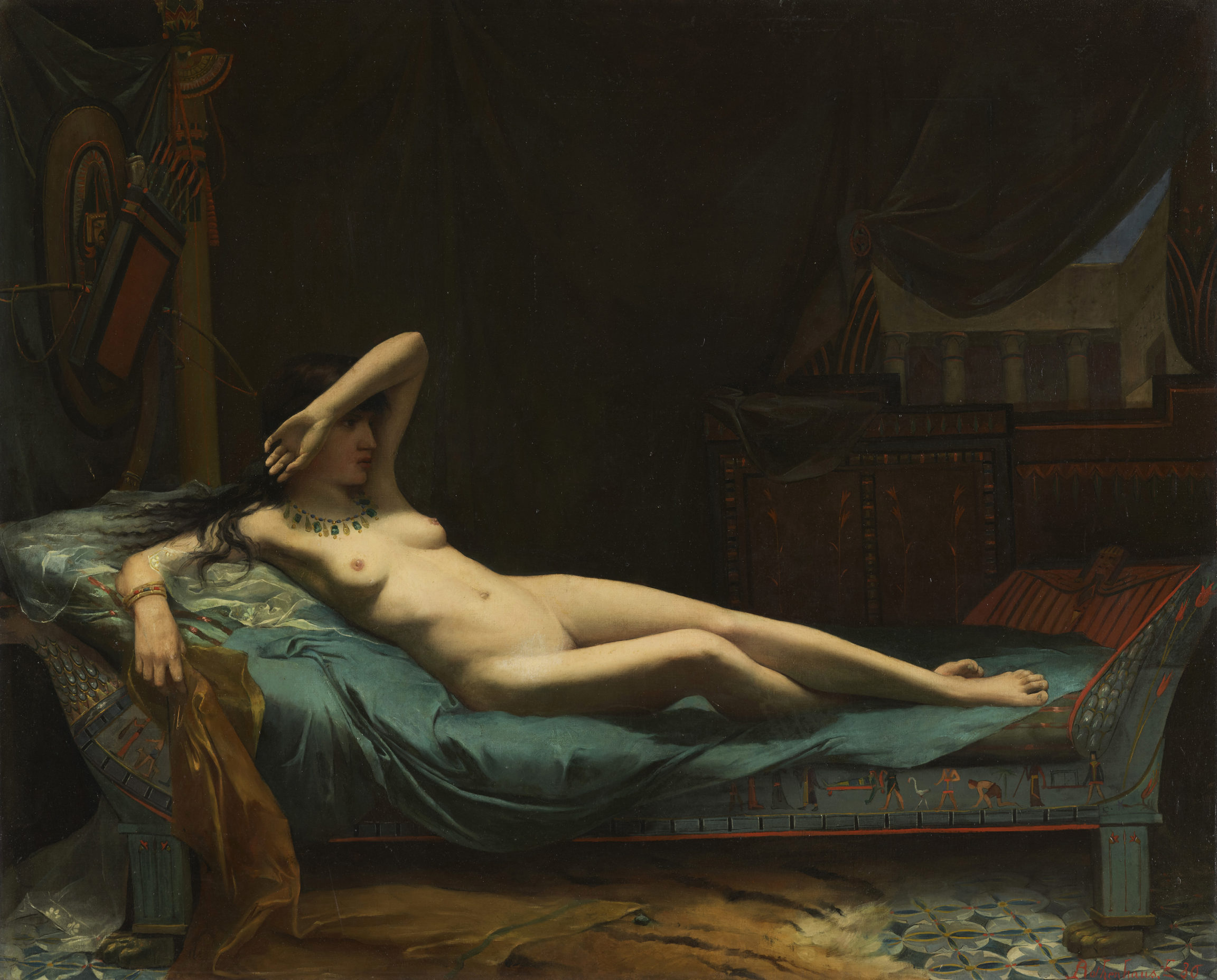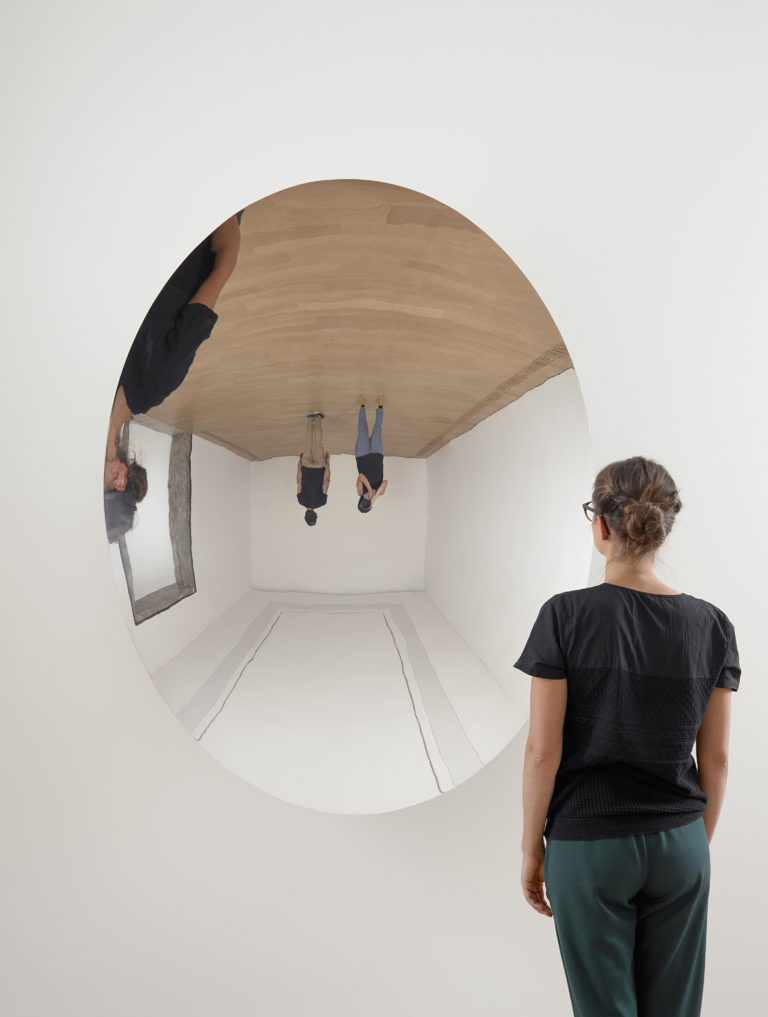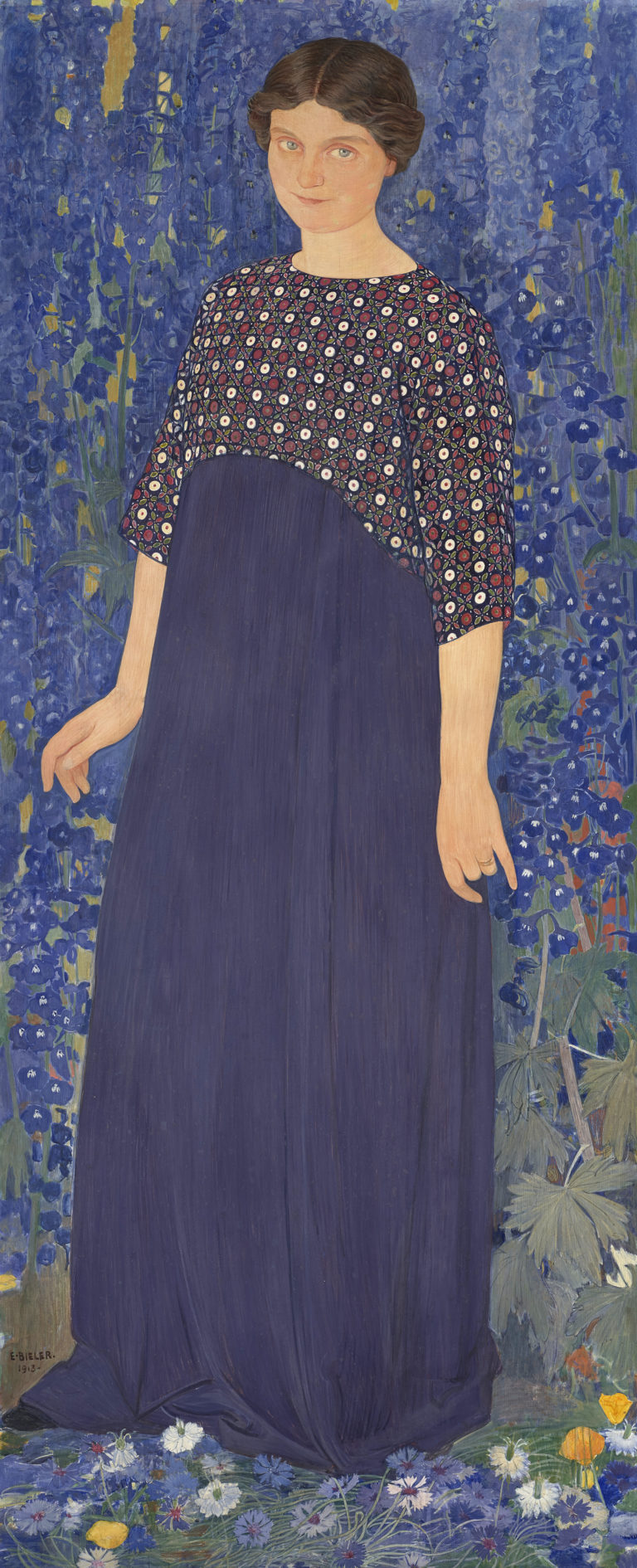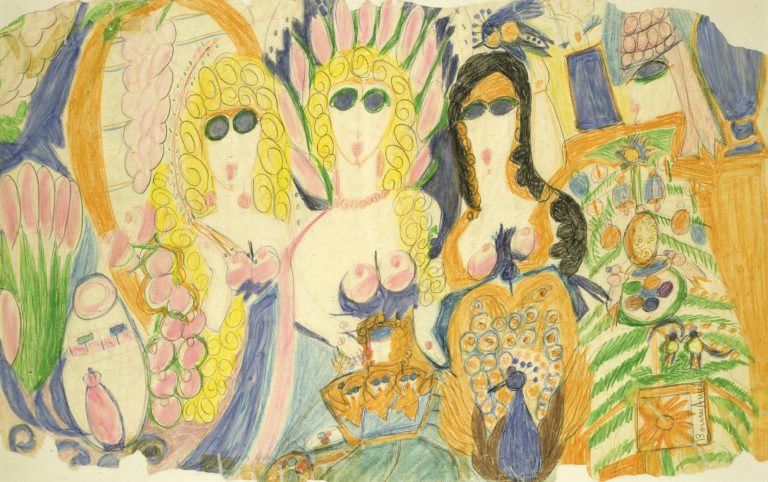Bibliography
Théodore Véron, Dictionnaire Véron, Organe de l’Institut universel des sciences, des lettres et des arts du XIXe siècle. Feu les savants, les littérateurs et les artistes du XIXe siècle (de A à L), suivis du Salon de 1880, Paris, M. Bazin, Poitiers, Chez l’auteur, 1880: 480.
Explication des ouvrages de peinture, sculpture, architecture, gravure et lithographie des artistes vivants, exposés au Palais des Champs-Élysées le 1er mai 1880, 1st edition, Paris, Imprimerie nationale, 1880: 328, n. 3320.




The Book of Genesis recounts how Joseph, son of Jacob and Rachel, was sold into slavery in Egypt by his brothers. His new owner was the pharaoh’s guard Potiphar, whose wife tried to seduce him. Canonical depictions of the Biblical tale show her holding Joseph back as he tries to flee her advances. Here, Rothenhaus chooses an innovative approach, focusing on a later episode as the wife waits for her husband to return home. In her right hand is the garment Joseph dropped as he fled, which she will use to accuse him of sexual assault, landing him in captivity.
Potiphar’s wife is alone, entirely nude save for a few pieces of jewellery, reclining on a bed decorated with Egyptian motifs. A tiger skin lies on the floor. Her raised left arm casts her face into shadow, but her slightly flushed complexion and expression of anger at Joseph’s rejection can still be made out. A quiver of arrows and a shield hang on the wall behind her. One corner of the draperies is raised, offering a glimpse of the Egyptian palace colonnade and a patch of blue sky.
Charles Édouard Rothenhaus studied fine art in Paris under Jean-Léon Gérôme, inheriting his teacher’s theatrical sense of history and taste for exotic subjects. He made his debut on the Paris art scene in the late 1870s, showing portraits at the salons. In 1880, he was posted to the 90th infantry regiment, dying shortly after at the age of just twenty-four. Potiphar’s Wife, his only known history painting, was presented posthumously at the Paris Salon the same year.